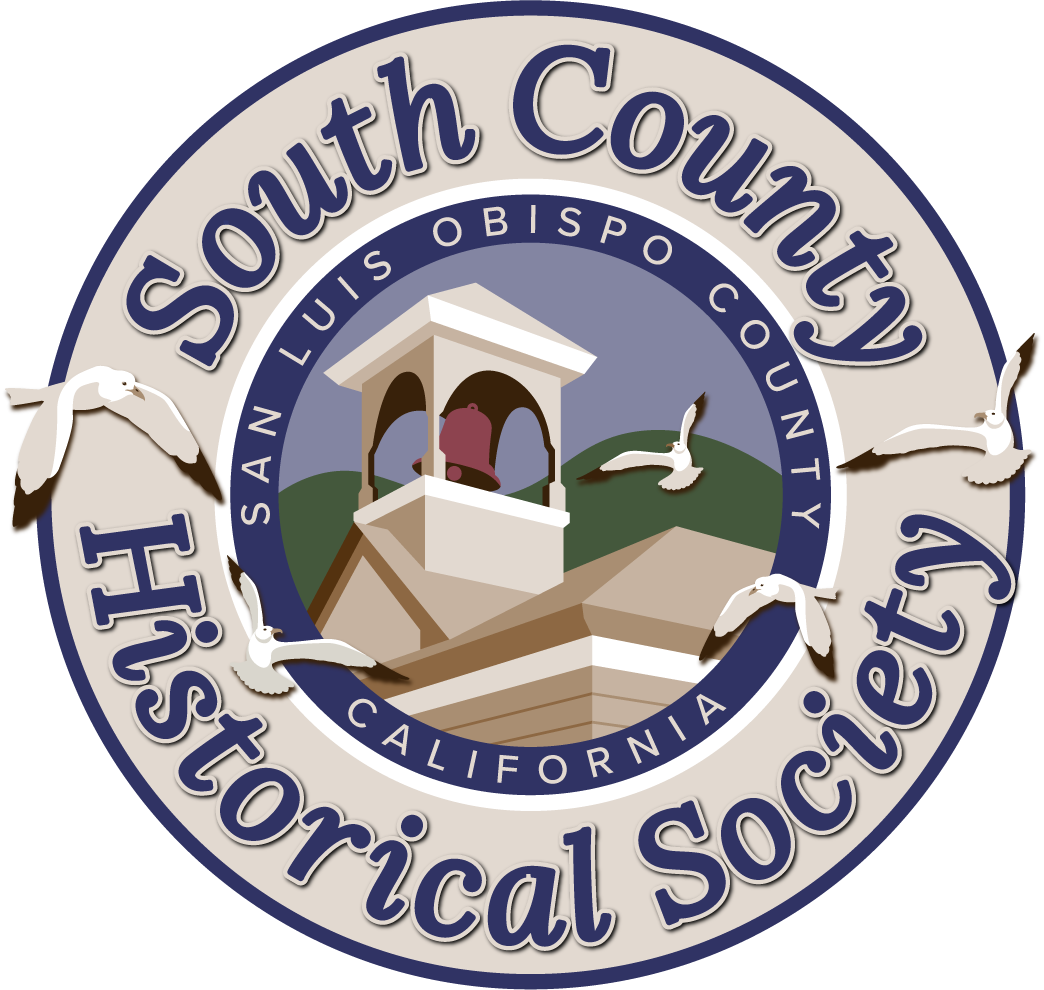
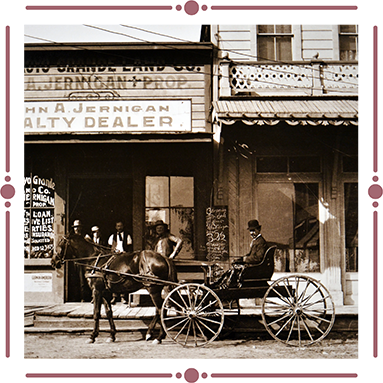
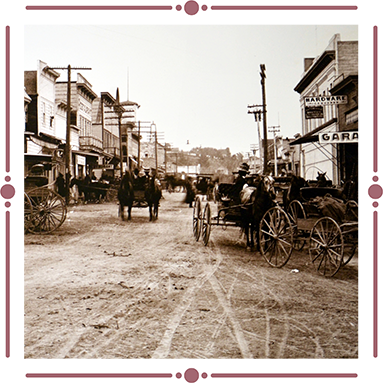
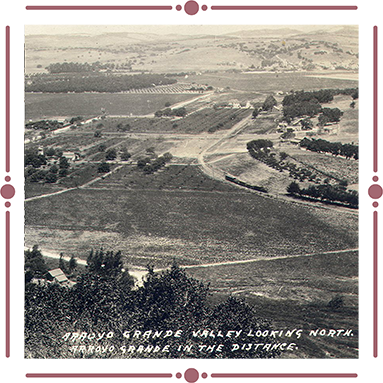
Oso Flaco

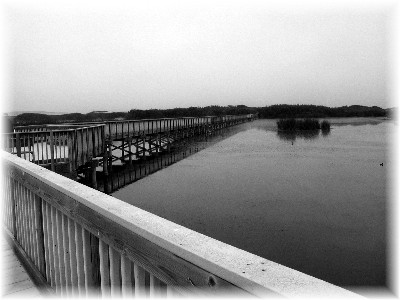

For spectacular scenery and bird sightings take the Oso Flaco Lake Natural Trail, accessible from Oso Flaco Road off Hwy 1 north of downtown Guadalupe. The mile-long trail sometimes covered in sand from the area dunes, makes for a great walking tour. The trail is a mile long wooden boardwalk that parallels the Oso Flaco Land and Creek which flows into the Pacific Ocean. The boardwalk leads you directly over the lake and into the dunes. Nature walks with educated docents are given regularly.

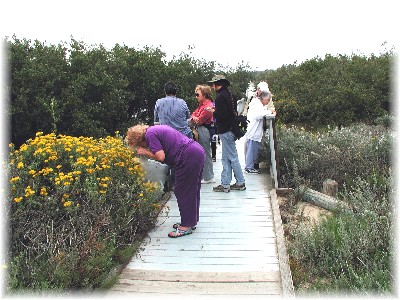

The Oceano Dunes State Vehicular Recreation Area is adjacent to the Nature area, but no vehicles are allowed on this protected portion of it. Access to the all-terrain vehicle driving area is just north of this region and must be accessed in Oceano.
Wildlife in the area abounds with bobcats, coyotes and fox thriving in the nearby forest surrounded by rich farm land. The wild animals shy away from the visitors but on occasion you can see them darting through the brush or you can find their footprints in the sand. The protected area is also home to famous Western snowy plovers and California least terns which nest in the dunes near the ocean. During the nesting period the dunes are closed off to visitors by yellow taped areas.

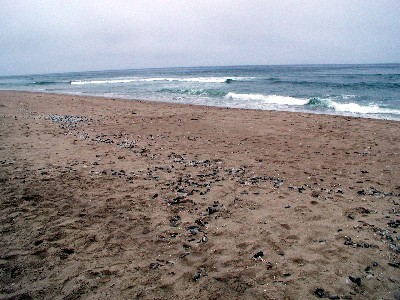

The dunes were also the site of the 1923 Filming of the Ten Commandments. About 60 years after the Ten Commandments movie was made, filmmaker Peter Brosnan discovered an entry in Cecil B. De Mille's autobiography in which he talked about the buried sphinx's in the Guadalupe Dunes. Through archaeological efforts, the movie set (buried 6 feet deep in the sand) has been found. It spans the length of 2 football fields. Final mapping and excavation of the site will occur as funds become available.
